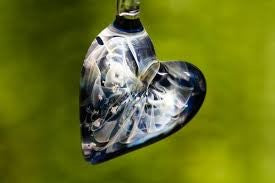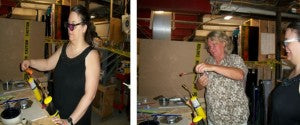Thank you to Bethlehem Burners for this Blog!
If you landed here, you must be interested in buying your first lampworking torch! It’s an exciting time and you’ll want to feel confident in your purchase. In part one of our
Lampworking Torch Buyer’s Guide, we’ll address concerns about buying a less expensive torch versus a more top of the line torch for beginner skills.
They say: “Your first lampworking torch should be cheap and something you can destroy while learning.”
Bethlehem Burner’s says: While this advice definitely has merit, a beginning lampworker should also keep in mind what type of torch they hope to use once they move past their “beginner’s torch.”

For example, there are different style torches that produce different style flames. These different style flames affect the way glass reacts in the flame, which in turn affects the way the glass should be manipulated in the flame to produce the desired effect.
Modern lampworking, using both soft and borosilicate glass, involves the use of a lot of color. Fuel mixture ratios and flame velocity affect the chemical composition of each glass color differently. This means flames produced by one torch will affect a glass color differently than the flames of another torch.
If a lampworker learns to lampwork on one style of torch, they will need to adapt a lot of their glass techniques when they switch to a new torch style. This transition can be very difficult, time-consuming, and expensive. In order to make this transition as smooth as possible, it is best to choose a new torch that produces flames similar to the flames produced by the torch they learned on.
So, while, “your first torch should be cheap and something you can destroy while learning,” isn’t necessarily wrong, it isn’t your only option. Kate Hayes, VP and resident torch expert at Bethlehem Burners weighs in on the topic:
“Get a smaller version of your dream torch. Choose your first center fire style wisely, because the transition from premix center fire to surface mix center fire is the hardest and most expensive transition to make,” suggests Hayes.
Stained Glass Express is a proud distributor for Bethlehem Burners. Click here to see the burners we have in stock.
https://www.stainedglassexpress.com/flameworking_glassblowing/annealers-bench-burners-accessories/
We are always happen to order in other Bethlehem products for you.

































